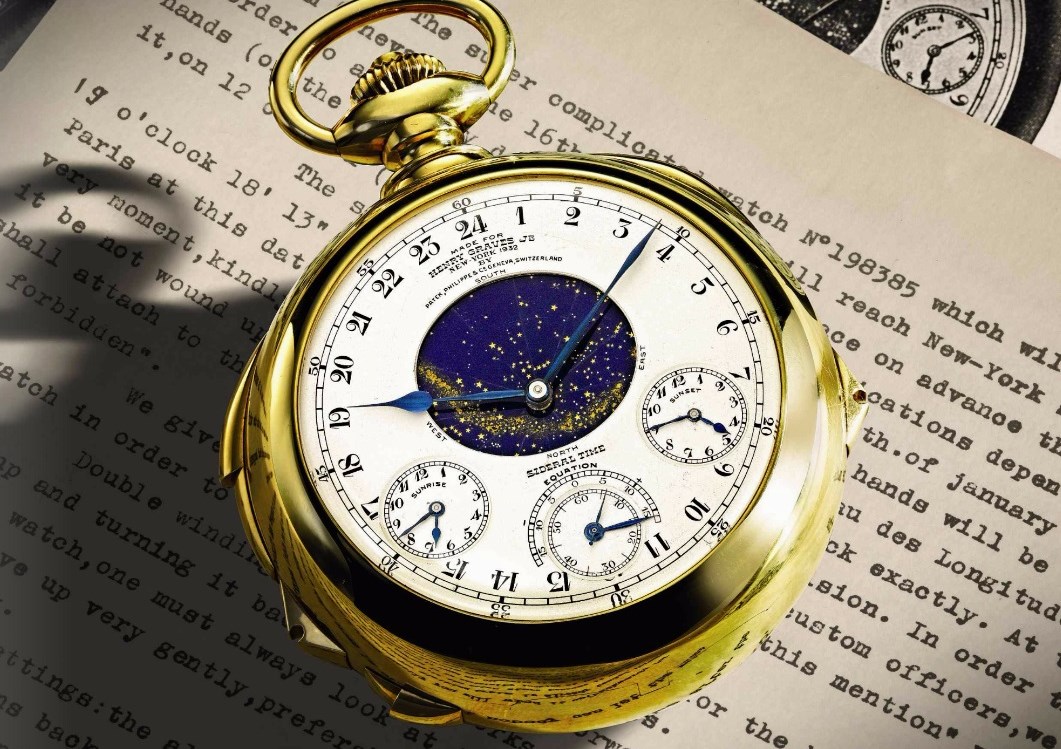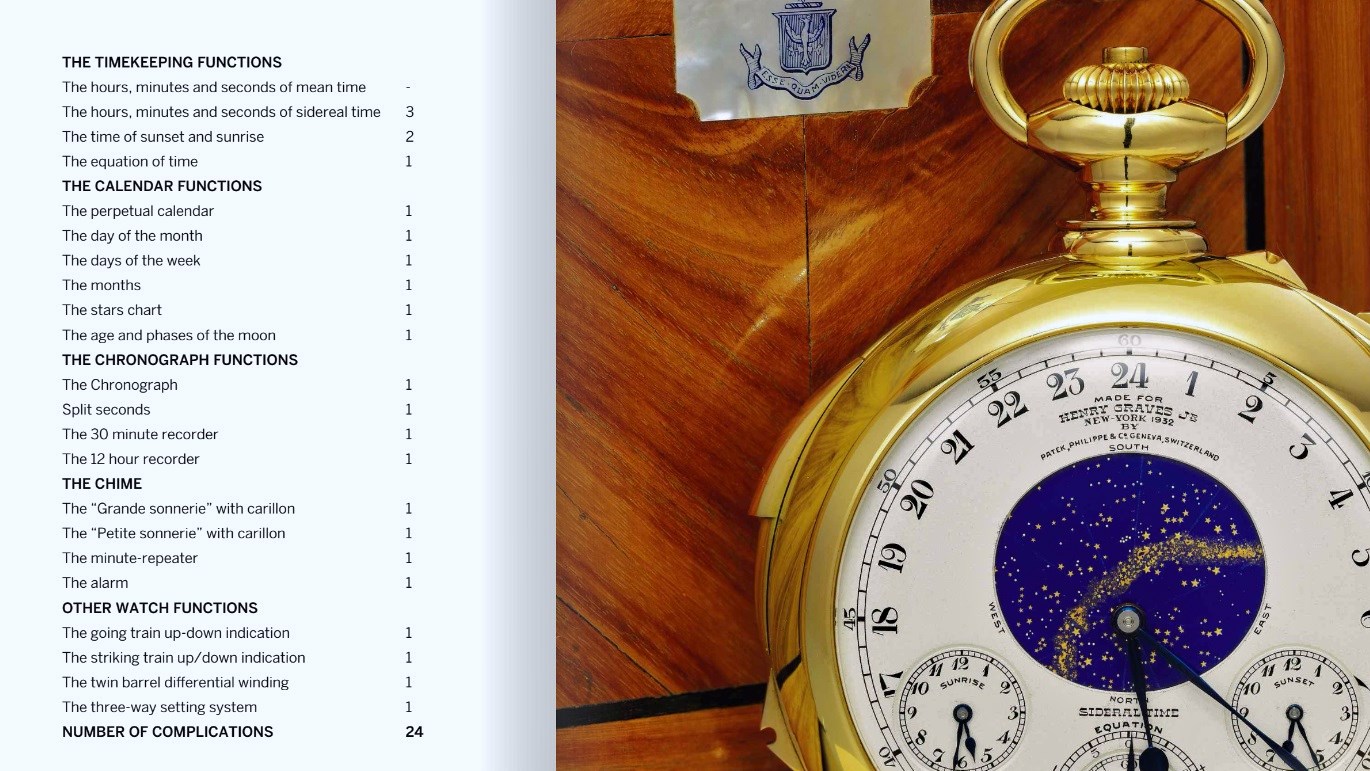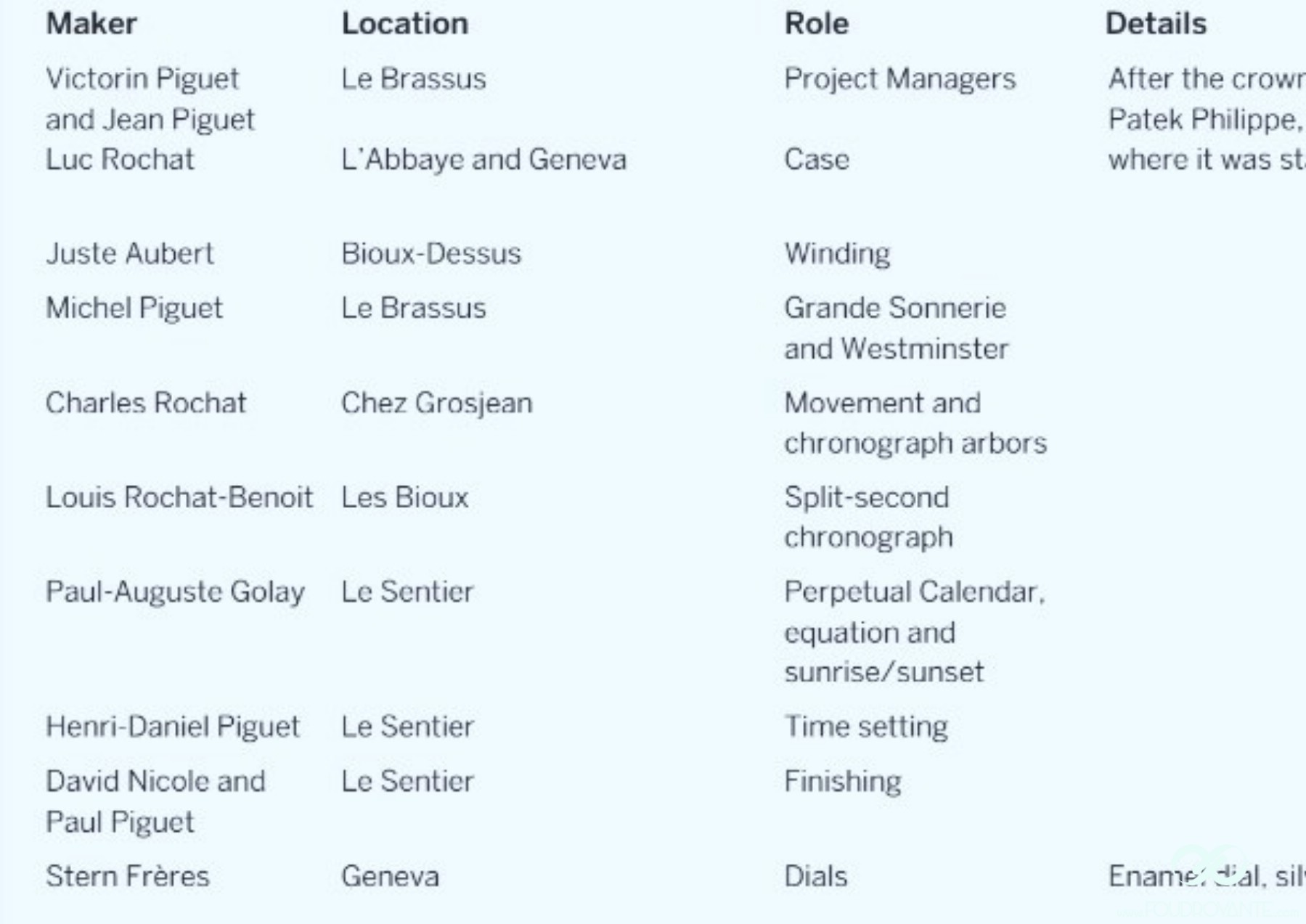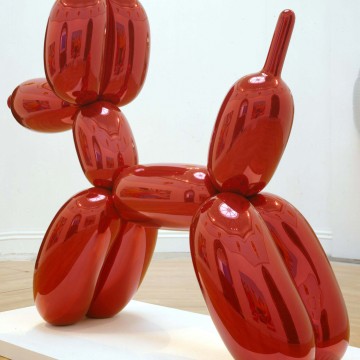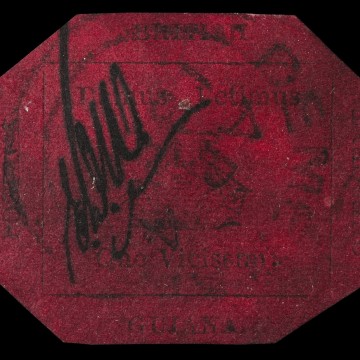Special offers area : Patek Graves Supercomplication 24Millions – 1/6
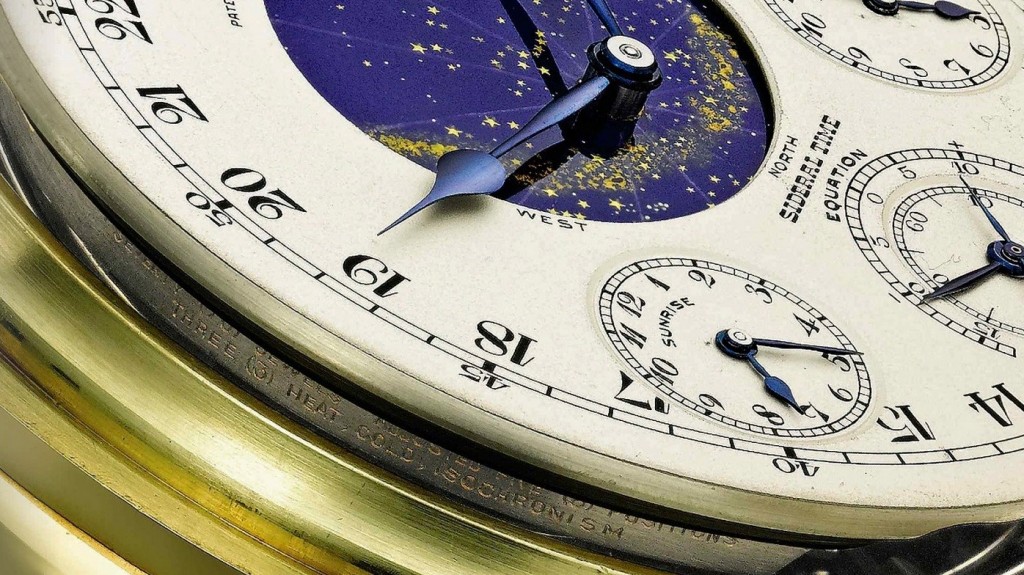
KABOUM !!! Quake of magnitude 9 on the Flipper scale.
Staggering situation to anyone who knows Geneva auctions universe :
- At Sotheby’s on 11/11/14, Aurel Bacs just won the biggest watchmaking auction of all time for a « confidential buyer » : CHF 24 million (similar in USD) for the Grave Supercomplication.
I summarize for those who haven’t stayed current with the news those past few years : Aurel is no longer with the hammer, he left Christie’s and is now representing buyers at Sotheby’s. That’s funny.
- (News flash : he’s just started a new auction house : Phillips Watches )
A so predictable consequence that it stems from the laws of physics : this sale led to kilos of comments such as : « 24 million for that watch, c’mon ! That’s rubbish ! While others are on minimum wage or starve to death in Africa ! »
Well, the purpose of this text won’t be to consider the outrageous inequity of wealth distribution in the world. The subject is fascinating, but it should not be dealt with in a watchmaking web site, otherwise I’d better quit, go back to France and get a membership card for Mélenchon’s party…
- The guideline of this article will be to place this hammer stroke in the context of the madness of our time : in particular on the global auction market, to see if this sidereal amount really is totally ridiculous.
Most importantly, I should point out that this Grave SuperComplication (GSC) is the most complicated watch that has ever been designed and realised without a computer or numerical control. According to Sotheby’s, it is fitted with 24 complications in addition to the HMS.
After the following count, I found 15, which is obviously huge.
- Especially since the GSC features three particularly rare and fascinating complications : the celestial map, the sidereal time & the minute-repeater.
HMS Sidereal:
- 1. The equation of time.
- 2. The HMS sidereal (on 23h56).
- 3. The time of sunset and sunrise.
Calendar :
- 4. perpetual calendar.
- 5. The stars chart of New York, aka Celestial map, or voute céleste, in the language of San Antonio.
- 6. The Moon phase.
- 7. The months.
- 8. Days of the week.
Chronograph:
- 9. The Chronograph.
- 10. The fly-back hand.
The Chime :
- 11. The alarm.
- 12. Grand and small strike.
- 13. The minute-repeater.
Other functions :
- 14. The going train up-down indication .
- 15. the striking train up/down indication.
In order to reach this extraordinary number of 24 complications, Sotheby’s counts as 3 complications the H,M,S sidereal, and considers that the twin barrel differencial, the date (in a…), are complications too ect…
Mr Sotheby’s, for your information, « complication » doesn’t mean hand or device, it is equivalent to « function ».
See the screenshot of the official catalogue of the auction house. I furthermore recommend you read this excellent document (LINK SHOTHEBY’S). In particular, it mentiones the watchmakers’ names from THE valley who contributed to this masterpiece.
The GSC was created especially for the banker Henry Graves in 1928, and it was delivered to him in 1933. It is somewhat the 20th contury’s equivalent of the Marie-Antoinette’s Bréguet (early 19th), or of the Tsar Nicolas II’s Jules Audemars (late 19th).
- What is sociologically quite interesting is the fact that before the First World War, elitists timepieces were produced for monarchs, whereas after, ultra-complication watches were made for New york bankers…
Back then, Henry Graves paid $15000 (CHF60000 in the 30’s), approximately $240000 in today’s USD (about CHF235000).
The watch was sold 24 million, which is a hundredfold increase. It may sound a lot, but it pales in comparision to other non-watch auctions.
In the upcoming articles, we’ll compare the results of this Patek with some other non-watch objects, basing on the following considerations :
- The aesthetic.
- The concept.
- The history.
- The making.
- he rarity.
See you soon for next parts.
Pif.
